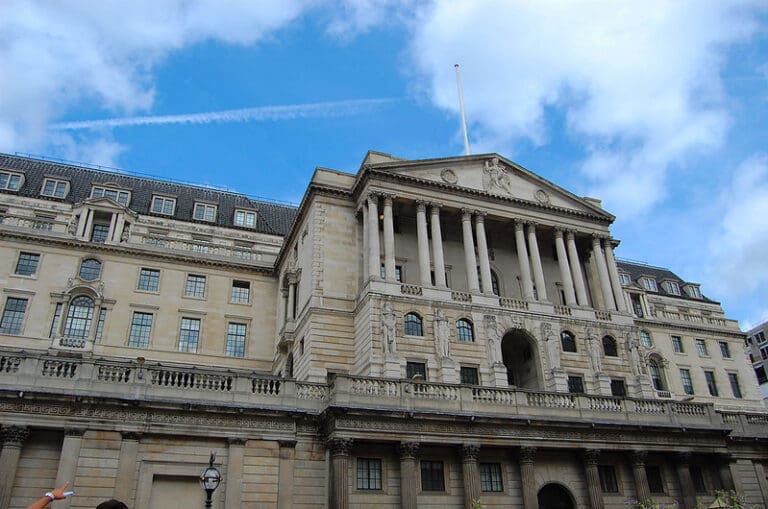As inflation pushes prices further and further up, food has been getting more expensive for some time. But, as the cliche goes, there was never such a thing as a free lunch.
This idea, well known among economists, means prosperity depends upon making the effort to raise productivity.
These are concepts which Western electorates are in serious danger of forgetting. Over the past fifteen years or so, living standards have been protected by substantial increases in government debt.
At the start of 2007, before the financial crisis, UK public sector debt stood at 40 per cent of GDP, according to data from the Bank of International Settlements. Now it is just over 100 per cent.
The same story is repeated in many other countries. The United States government debt went from 58 per cent of GDP in 2007 to 118 per cent. France was very similar, rising from 66 to 114 per cent. Spanish debt soared from 38 per cent to 118 per cent. Amongst the larger countries, only Germany managed to restrain the rise in public sector debt.
Everywhere, interest rates on government bonds – the securities which governments issue to finance their deficits – have risen substantially over the past year as markets have finally begun to absorb reality. The panic under the Truss-Kwarteng regime was just an example of the more general worries which lenders have developed.
During most of the many decades since the Second World War, government debt was under control. It obviously rose stupendously to pay for the war effort, and at the end of the war stood at some 250 per cent of GDP. But this figure then fell steadily for many years.
An important reason is that GDP itself grew strongly. Equally, however, governments avoided further increases in debt.
The immediate post-war Labour government of Clement Attlee was heavily interventionist, nationalising the mines and the railways and socialising health care in the NHS. But it was a model of fiscal rectitude. It ran a surplus in every single year until its defeat in 1951, including what is by far the largest post-war surplus in 1948 itself, amounting to nearly 5 per cent of GDP – around £100bn in today’s terms.
The Conservatives carried on in the same way. From 1948 until the election of the next Labour government in 1964, public sector surpluses and deficits more or less cancelled each other out over time.
The process of unravelling began under the Labour government of Harold Wilson in the 1960s. The promises in their manifesto were costed on the proceeds of an assumed 4.5 per cent annual rate of GDP growth. When the actual figure, although perfectly respectable, fell well below this, some of the funding gap was plugged by running deficits financed by debt.
The Tories under Edward Heath, elected in 1970, let rip with the so-called Barber boom, after the then Chancellor. Temporarily, growth soared.
But it all came to a sorry end in the mid-1970s when another Labour government had to go cap in hand to the International Monetary Fund and impose sharp cuts in public spending plans.
Margaret Thatcher, a leader whose economics are often misunderstood, only took steps to cut taxes once the deficit was under control. Ultimately, Thatcher knew supply-side reforms were needed to boost productivity. But this was done in a sustained and sensible way. Even then, they proved bitterly unpopular in some quarters, but formed the backbone of the UK economy well into the first decade of this century.
The long standing verities need to be relearned yet again, so we can all afford our own lunch.


